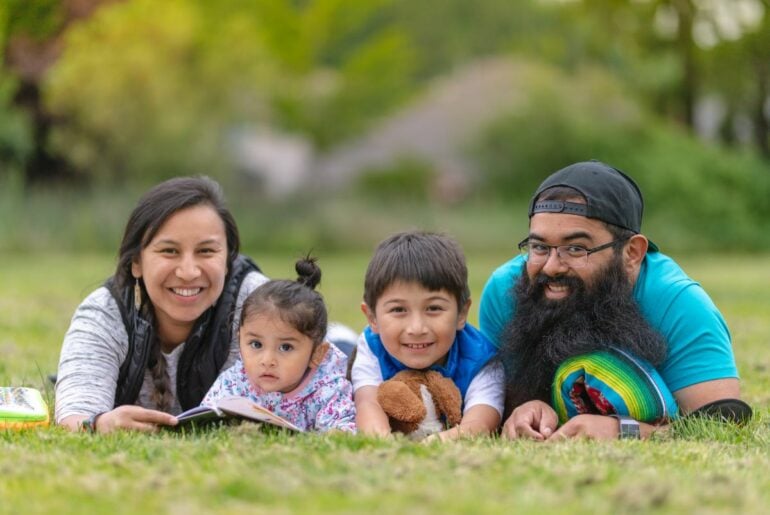November is Native American Heritage Month — also known as American Indian and Alaska Native Heritage Month — and November 29 is Native American Heritage Day. Whether your family is part of an Indigenous community or not, you can observe the heritage month by learning more about the wide diversity of Native American cultures, history, and current events.
Although many kids learn about Native Americans during history lessons in school, Native American cultures are not a thing of the past. Beyond the crucial history and prehistory of North America, contemporary Native Americans continue to contribute in so many areas including art and culture, politics and leadership, food and businesses, and much, much more.
Here’s a Native American Heritage Month fact to start you off: The first American Indian Day kicked off in 1915, but it took until 1990 for a national heritage month to be signed into law by a U.S. president.
Quiz your family on these Native American Heritage Month facts
Native American cultures and history are so rich, varied, and ongoing, that every family living on U.S. soil — whether Native American or Indigenous or not — always has more to learn. The following questions and answers make great conversation starters with kids during Native American Heritage Month and beyond!
Of course, there are so many other Native American Heritage Month facts that can’t possibly fit into a 10-question quiz! So let these questions inspire you to continue the exploration and look into topics such as Native American tribes in your state, Native American children’s books and movies, Indian boarding schools history, Thanksgiving from the Wampanoag perspective, and the wide array of Indigenous music and dance.
Learn about other history and heritage months with these trivia quizzes for families:
- Quiz: Do you and your kids know these Black history facts?
- Quiz Your Family on AAPI History Trivia for Asian Pacific American Heritage Month
- Quiz: Do you and your kids know this Pride month history trivia?
- Quiz: Do you and your kids know this Women’s History Month trivia?
A version of this article was originally published on November 8, 2023.







